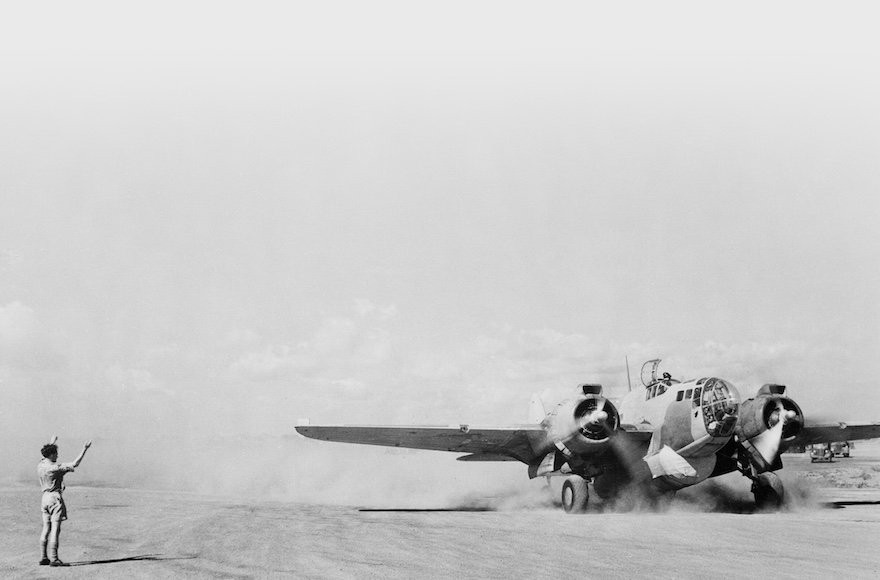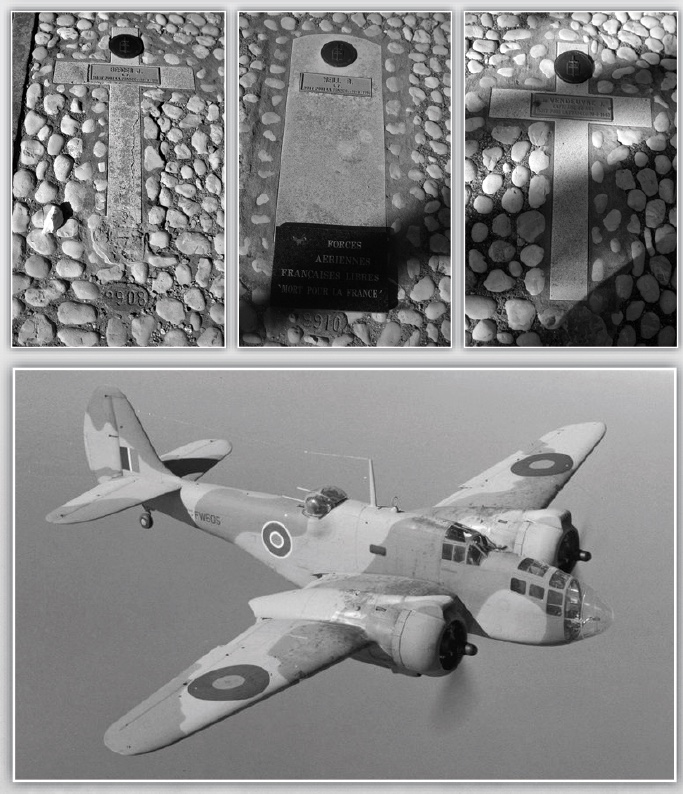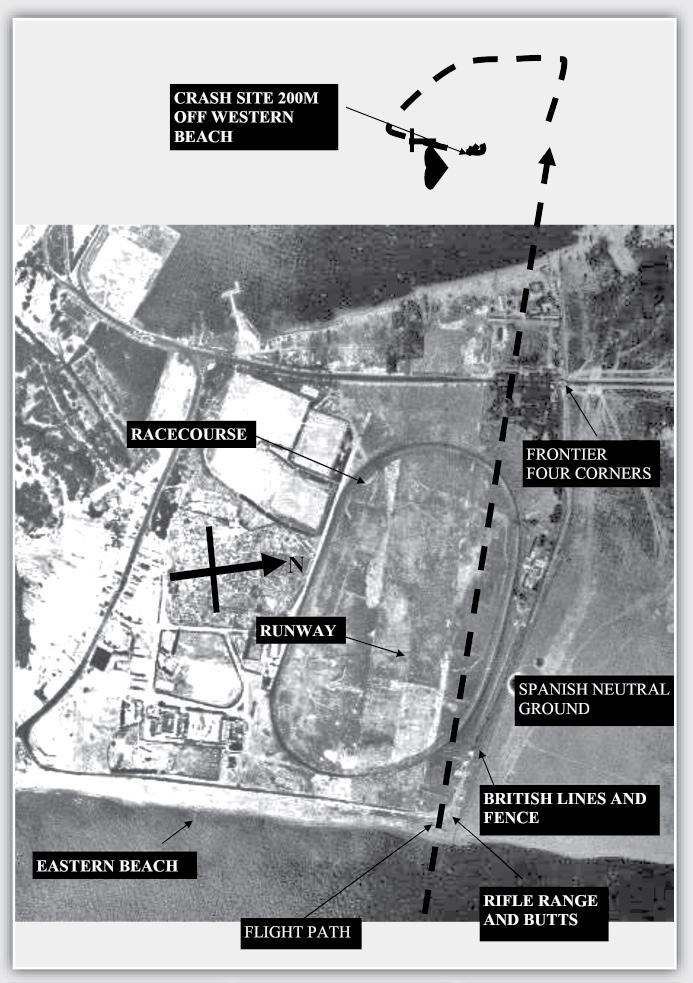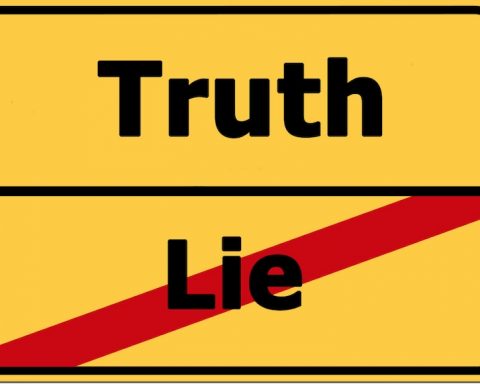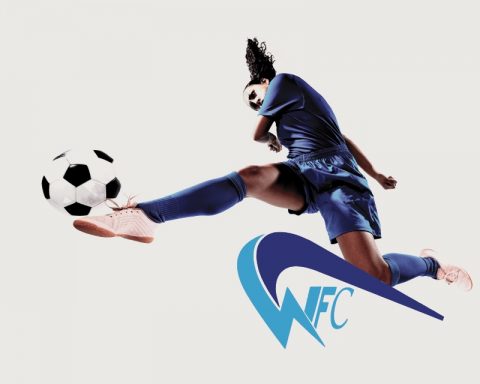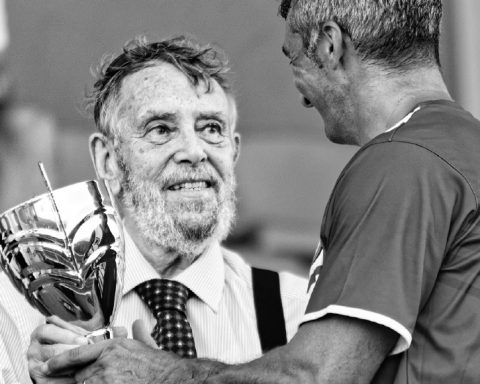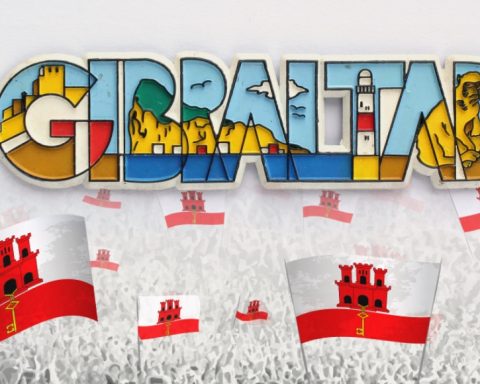The story of the Free French aircraft shot down by Spain
In June 1940, France was fighting Germany as “Free French.” It had capitulated to the Hitler Regime and a puppet government set up in southern France ON June 17th 1940. The Free French Air Force, operating out of airfields in Morocco frequently used the partially constructed airport at North Front. Although nowhere near as long as it is today, it was adequate for the aircraft in use at the time.
Long before the runway was built, there was a military rifle range at the end of the road which ran alongside the frontier fence. The sand ramp which held the targets and absorbed the bullets, was built parallel with, what was the northern extremity of eastern beach. This was isolated when the runway was completed. There are many instances of Spanish children crossing the border by swimming around the end of the fence and digging the lead bullets out of the ramp for scrap. In one instance a boy was killed by a bullet.
On 30th June 1940, an eye witness presented his testimony to the authorities as follows.
In reference to the French aircraft shot down by Spanish gunfire last Sunday June 30th, I have the honour to submit to you the following report.
Submitted by a first-hand eye witness;
It was about five thirty in the afternoon. I was seated in my car, looking northward along the pavement of Eastern Beach, between the “A” and “B” butts, (of the rifle range) I was closer to the first than the second, when, after a few minutes, I saw a French airplane flying over the sea towards North front. The aircraft circled three times knowing it was being targeted from Spain as it flew over the neutral ground. Finally it landed after making a half turn. A few moments later I heard the noise of a second aircraft coming from the east, before recognising it as French. It flew very low, I should say about 200 feet above the sea, much lower than the other aircraft and that it was preparing to land at North Front. A few moments later it flew over the road, between my car and the “B” butt and continued its course towards Western Beach. When it was about half way to Western Beach the Spanish Guns opened fire, and continued to fire until the aircraft began to veer south, passing over the North Front Barracks. Before it had finished its turn, the aircraft dived suddenly, followed by clouds of smoke and flames.
I drove my car across the racecourse as fast as possible with the intention of giving whatever help I could to the occupants of the crashed aircraft, but on arriving at Western Beach I realised that it had crashed into the sea and saw several boats heading in that direction with the view of recovering the unfortunate crew.
Staying on the beach, where soldiers of the King’s Regiment were assisting and were eye witnesses from beginning to end, who could also testify that the rcraft was over British territory at all times from the time it crossed Eastern Beach, until it crossed over Western Beach and finally crashed into the sea.
3rd July 1940 Assistant Commissioner of Police.
The first flight described is probably that of Captain Lager and Lieutenants Aubertin and Saint-Pereuse. The main facts of the report from the eye witness are corroborated by three other witnesses discovered by the Coroner, asked for by the Government and still kept in Gibraltar. These witnesses confirm all that was said by the first eye witness.
Part 1 of this testimony of a person also present close to North Front, told us that the firing came from a battery situated to the west of the Spanish neutral ground. In the important declaration No.2., it is also proven that the aircraft fired on “had never been outside the British lines” and that it had flown about 200yards (a little less than 200m) inside the neutral zone, that is to say in the British zone, to the south of the neutral zone at a height of 300 feet. The witnesses specify also that the aircraft turned on its back before crashing into the sea at 150 meters from the western shore. The Captain of the Port in Gibraltar, who watched the incident from some distance, thought that the crash was a little further from the coast. He also stated that a motor boat from the Shell Company picked up the first two bodies, transporting them to the hospital. He confirmed that the fire came from the Spanish side of the frontier. Several witnesses draw attention to the neutral ground which separates the British and Spanish zones and specifically to the latter.
Bertrand du Plessis and Captain Jaques de Vendeuvre left Casablanca in a Martin (possibly a Baltimore) destined for Gibraltar but the aircraft was hit on its approach to the airport. At the time, this was being built on part of the racecourse to the north of the Rock. Rumours within the Free French camp was that the shooting down of the aircraft may have been instigated by the Germans.
Military Commandant in La Linea was said to have fired on another free French aircraft.
A service was held for three of the crew at the Cathedral, officiated by Bishop Fitzgerald on Monday 1st July 1940.
The funeral of the four crew of the aircraft was reported in the Gibraltar Chronicle. The bodies were placed on military vehicles at the colonial Hospital, covered with the tricolour’s and wreaths and taken to North Front cemetery where they were given a burial with full military honours. The cortege was followed by many thousands of ordinary citizens and military alike. Shops and offices were all closed as a sign of respect. The band of the King’s Regiment lead the procession.
At the cemetery the Reverend N.G. Railton, Senior Chaplain to the Forces officiated and the final prayers were read by the Reverend A Kirby the Roman Catholic Chaplain to the forces.
The bodies were laid to rest and the buglers of the regiment sounded “The Last Post and Reveille”
The French consul gave a brief oration, in which he thanked the local population for their support for the Free French.
There were representatives of all the armed forces and people from all walks of life in Gibraltar.

